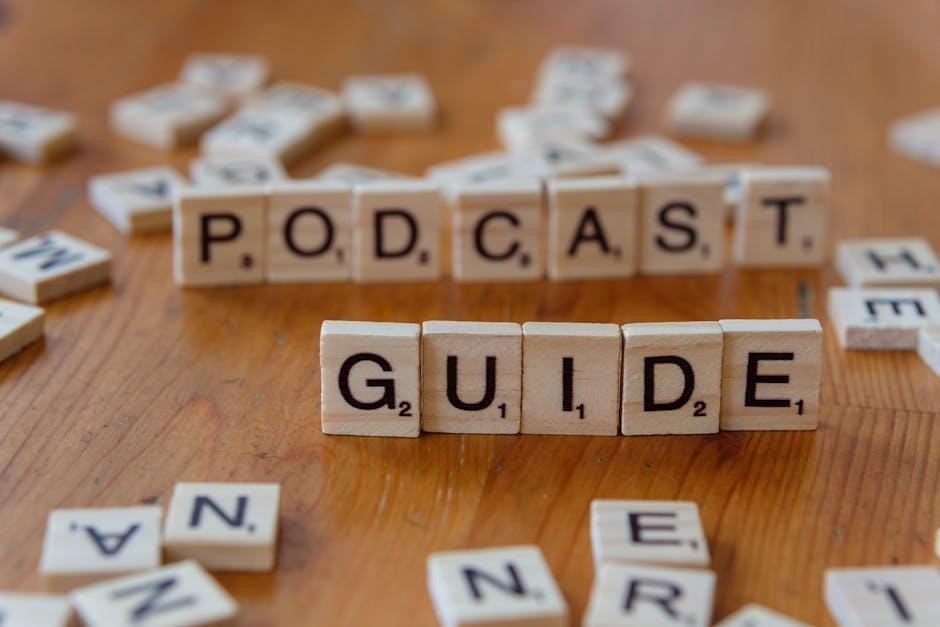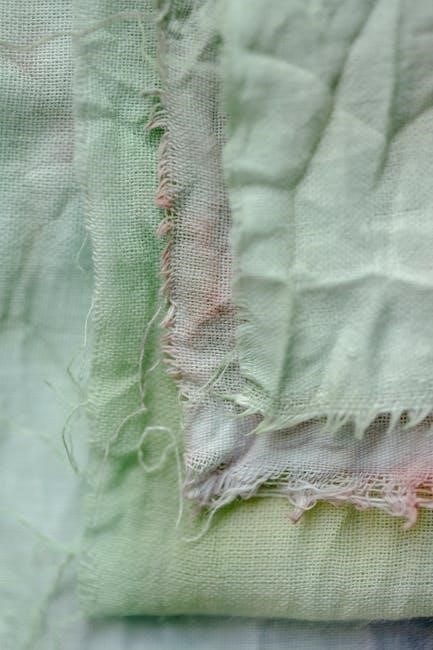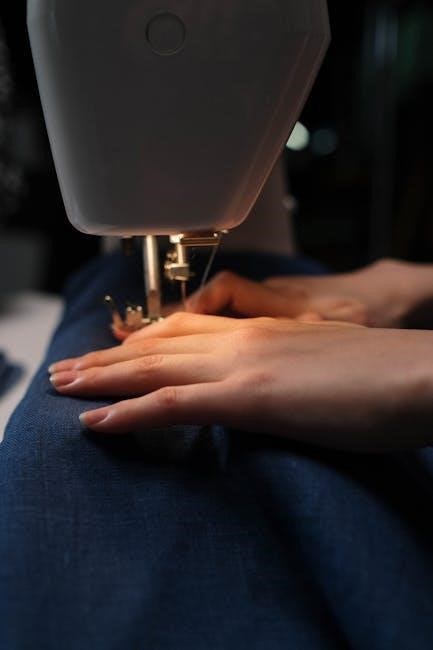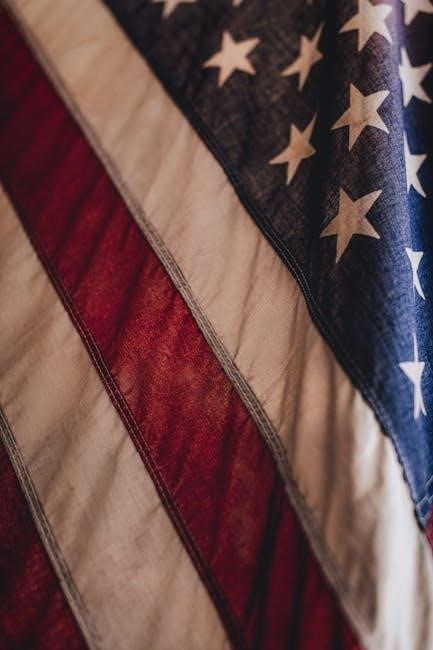Learning about seam allowance is crucial for sewing success, using guides and tools helps, with online resources available to assist with understanding the concept and its application in various sewing projects and techniques effectively always.
Understanding the Importance of Seam Allowance
Seam allowance is a crucial aspect of sewing, and understanding its importance is vital for achieving professional-looking results. The seam allowance is the amount of fabric allowed between the edge of the fabric and the stitching line, and it plays a significant role in determining the fit and finish of a garment. A sufficient seam allowance ensures that the garment can be sewn together accurately, and it also allows for ease of movement and comfort. Without a proper seam allowance, garments may be too tight, too loose, or may even fall apart at the seams. Furthermore, seam allowance is essential for working with different types of fabrics, as some fabrics require more or less seam allowance due to their texture, thickness, or stretchiness. By understanding the importance of seam allowance, sewers can create garments that are not only visually appealing but also functional and durable. Proper seam allowance also helps in maintaining the shape and structure of the garment.

Types of Seam Allowances
Various seam allowances exist, including standard, narrow, and wide, each serving specific purposes and fabric types, used in different sewing projects and techniques always effectively.
Standard Seam Allowances
Standard seam allowances are commonly used in sewing, typically measuring 1/4 inch or 5/8 inch, depending on the type of fabric and sewing project. The 5/8 inch seam allowance is often used for garment construction, while the 1/4 inch seam allowance is used for quilting and home decor projects. Understanding standard seam allowances is essential for achieving professional-looking results. Seam allowances can be adjusted based on the specific needs of the project, such as working with delicate or thick fabrics. Using standard seam allowances ensures that the seams are strong and durable, while also allowing for ease of movement and flexibility. Additionally, standard seam allowances make it easier to follow sewing patterns and instructions, as they provide a consistent guideline for sewing and construction. By using standard seam allowances, sewers can create high-quality projects that are both functional and visually appealing. Standard seam allowances are a fundamental concept in sewing, and mastering them is crucial for success in various sewing projects.

Adding Seam Allowances to Patterns
Adding seam allowances to patterns involves careful measurement and marking to ensure accurate sewing and construction always using guides and tools for professional results effectively every time with ease and precision always.
Marking and Cutting Seam Allowances
Marking and cutting seam allowances is a crucial step in the sewing process, requiring attention to detail and accuracy to achieve professional results. Using a seam allowance guide or tool can help ensure that the markings are precise and consistent. It is essential to mark the seam allowances on the wrong side of the fabric to avoid visible lines on the finished garment. Chalk or a marking pencil can be used to mark the seam lines, and it is recommended to use a ruler or other straightedge to draw a straight line. When cutting the fabric, it is vital to follow the marked seam lines carefully to avoid errors. Cutting accurately is critical, as it can affect the fit and overall appearance of the garment. By taking the time to mark and cut the seam allowances carefully, sewers can ensure a high-quality finish and a professional-looking result. This step requires patience and attention to detail, but the end result is well worth the effort.

Seam Allowance Guides and Tools
Utilizing seam allowance guides and tools enhances sewing accuracy and efficiency always with special equipment.
Using Seam Allowance Guides on Sewing Machines
Utilizing seam allowance guides on sewing machines is an effective way to ensure accurate seam allowances, and many modern sewing machines come with built-in guides and markings to help with this process. The guides are usually marked with measurements, such as 1/4 inch or 1/2 inch, to help sewists maintain a consistent seam allowance. Additionally, some sewing machines have adjustable guides that can be set to specific measurements, allowing for greater flexibility and precision. By using these guides, sewists can sew seams with confidence, knowing that their seam allowances are accurate and consistent. This is especially helpful when working with intricate patterns or delicate fabrics, where precision is crucial. With practice and experience, using seam allowance guides on sewing machines becomes second nature, allowing sewists to focus on other aspects of their sewing projects. Overall, using seam allowance guides on sewing machines is an essential skill for any sewist.

Common Mistakes and Tips
Incorrect seam allowances can lead to mistakes, following tips and guidelines helps prevent errors and ensures successful sewing projects with proper techniques always used effectively online.
Adjusting Seam Allowances for Complex Patterns
When working with complex patterns, adjusting seam allowances is crucial for a successful outcome. This involves carefully examining the pattern pieces and determining where adjustments need to be made. For example, if a pattern has a scalloped edge, the seam allowance may need to be adjusted to ensure a smooth curve. Additionally, intricate details such as gathers or tucks may require specialized seam allowances to achieve the desired effect. It is essential to follow the pattern instructions carefully and make any necessary adjustments to the seam allowances before cutting out the fabric. By taking the time to adjust the seam allowances, sewers can ensure a professional-looking finish and avoid common mistakes. With practice and experience, adjusting seam allowances for complex patterns becomes second nature, allowing sewers to tackle even the most intricate projects with confidence. Proper adjustment of seam allowances is key to achieving a flawless finish.

